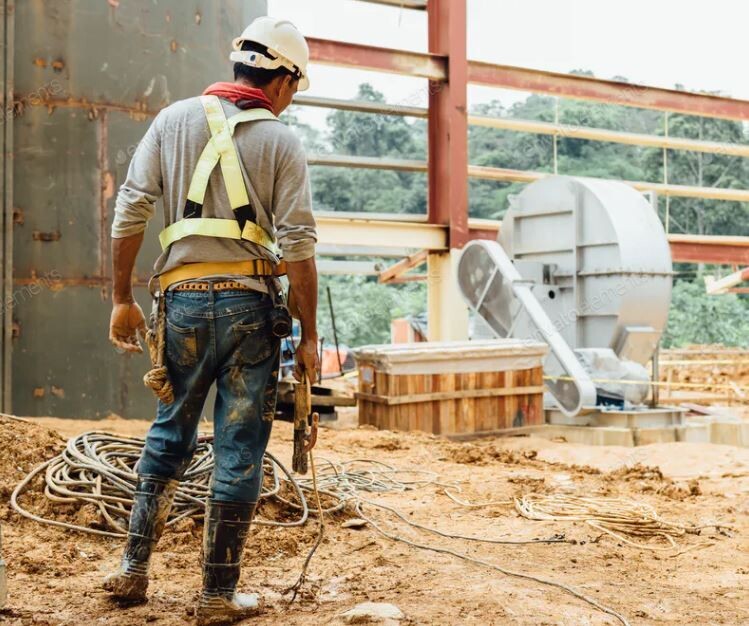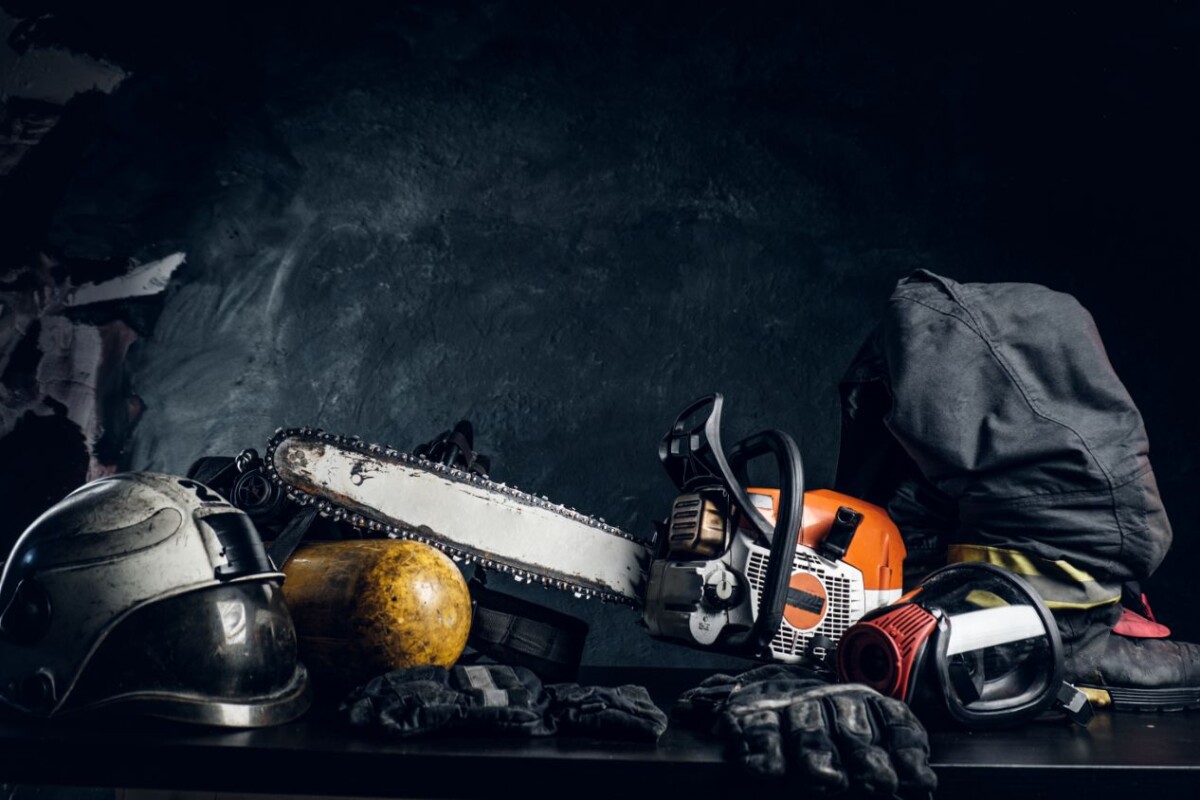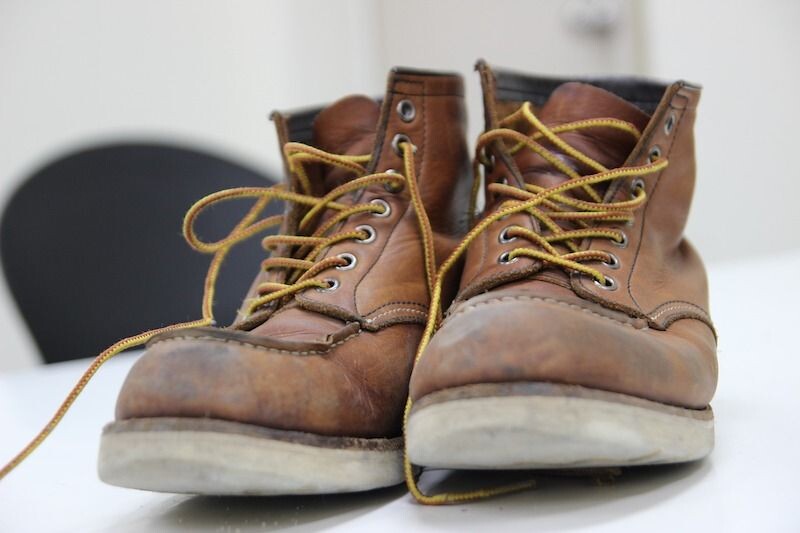FR Boots have become a must for all types of employees, to ensure a certain type of safety for them. These are some of the things one needs to know about FR on work boots,
What is FR Work Boots?
FR Work Boots are those which are used by workers working in hazardous and dangerous sites. They are way different from normal boots.
Because each of these boots has a certain construct of the sole, a particular mold of the front section, a presence of a certain differentiating specification as well as contains one or more than one special characteristic. The very basic denominations of FR Work Boots are the following;
- P meaning Penetration Resistance
- I meaning Electrically Insulated
- CRE meaning Chemical Resistance
- WR meaning Water Resistance
- AN meaning Ankle Protection
- HRO meaning Outsole Resistance to Hot Contact
How do FR boots help in protecting the feet?

Firstly, FR boots or work boots have a high-ending grip. These help in avoiding heavy falls in wet and slippery floors, be it oil or water or any other chemical substance, since they are built stronger and tougher than the other types of shoes.
These shoes also help your feet to avoid severe harms in case any heavy item falls on the feet or if one steps over any sharp objects. Also, some of them are insulated so that it helps to avoid any electrical hazards.
Based on the various types of risk factors FR work boots can be categorized; accordingly, they are
- Waterproof
- Electric Hazard
- Lined
- Insulated
- Oil Resistant
- Chemical Resistant
- Water-Resistant
- Slip Resistant
What are the different types of Work Boot forefronts and their differences?
The FR Work boots can be divided into three major types, one is steel toe boots, the second is composite toe boots, and the third is soft toe boots.
There is some primary difference between the two. Each of these three types of FR work boots has their own importance and are worn according to the intensity of risk in their work areas.
- Features:
Soft boots do not have any separated protection for the forefingers; that is, the entire boot is of the same material.
Though they are protection boots that might not be the case for everywhere, the Composite boots are the ones that have a protective layer of two or more different constituents; each having different physical and chemical properties.
Lastly, steel boots are those having a steel or metal cap on the forefinger areas to protect the fingers from sharp and scrub materials.
- Weight:
Steel boots carry the most weight due to the presence of the alloy extras. Among the other two, normally, the soft boots weigh less than that of the composite ones. But in case the materials used for the composite ones are heavy, then it weighs more than the soft boots.
- Worksite:
Soft and composite boots are normally used in fewer risk areas. But steel toe cap boots are a must in workplaces like heavy construction sites or chemical plants or electrical areas, etc. since the employees here are more prone to risks.

- Comfort:
Soft toe boots are the most comfortable; they are easily portable and quite lightweight. Composite boots are more or less good to wear depending on the components. Steel toe boots are the most uncomfortable; they are heavy, large, and, most importantly, can’t be passed without a metal detector restraining it.
- Price:
Composite work boots are the most expensive. Next in the line comes steel boots. These are relatively expensive but are affordable at the same time. Last in the queue comes the soft boots; they are the least expensive of all.
How are the FR Work Boots made?
The body of the footwear is mainly made up of different types of leather, mainly genuine pure leather. Among the others, there is oil-tanned, full-grain, Oiled Nubuck, etc. But the difference in these comes by the sole of the footwear.
Each of the sole types is different from the other according to its durability, heat resistance, and efficiency. There are five major types of soles; these are as follows;
- PU Sole:
This is the best among the five of them. For they are lightweight and comfortable to wear at the same time FR boots with PU Sole have amazing protection abilities.
- PU Double Density:
The safety capability of this is fairly good. They are also appreciably comfortable and easy to wear.
- PU Single Density:
This is apt for less risky sites. Though decreased considerably, the protection features in this are averagely considerable.

- PVC Sole:
As for the assurance of safety, footwear with this sole is the best. But it is heavyweight and uncomfortable.
- Rubber Sole:
These are also among the most demanding among employees serving in the electrical sites or fire brigades. This type of sole can stand quite high temperatures.
What are the standard rules for FR Work Boots?
Each and every footwear should abide by the globally acknowledged guidelines put forth by the Occupational Health and Safety Administration, abbreviated as OSHA.
They are a worldwide body assuring the fact that workers in dangerous workplaces are provided with properly protected footwear. The first denomination for the level of footwear safety is F2413. And then, with the joining in the specification, the denominations will begin to differ.
For instance, if the boots are to be worn in areas where chemical, inflammable liquids, heavy materials, oil, etc. are present, your FR boots must be having an add-on denominations like S1, S2, S3, etc.
Also, if the boots are to be subjected to electricity work sites, then ESD must be the denomination. Hence on like this, it goes.
Conclusion:
In case of any doubts or issues, it is very important that you directly reach out to the manufacturer. A minor mistake or misunderstanding can cause severe accidents.

